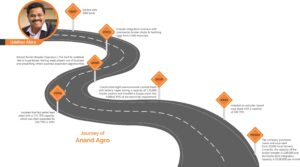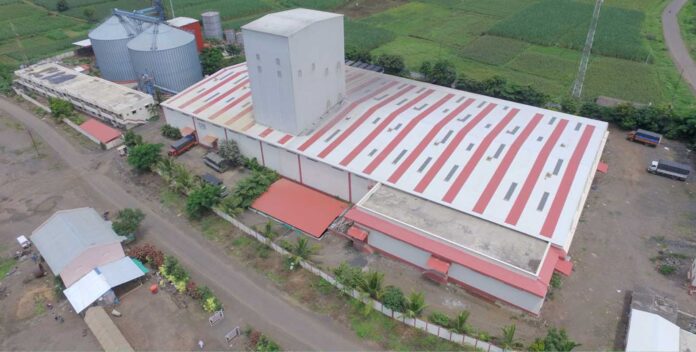In a Zoom interaction with Think Grain Think Feed, Mr. Uddhav Ahire, founder Anand Agro, shared learnings from his entrepreneurial journey and way forward. Below are the excerpts.


Whenever a bird flu outbreak arises, there is a panic sale of broiler birds. It is known that there is no risk of virus transmission because we eat the chicken after boiling and heating. Awareness programmes are conducted with the help of local and government authorities for chicken consumption. In previous years, as a company we organised chicken festival at various locations to counter the fear of eating the chicken.
With different crops coming from different regions, how do you ensure a consistent and reliable supply of feed ingredients?
Previously, corn and soybeans were much more stable in terms of quantity as well as quality. But the scenario has changed, especially in the last 4 years or so. Crops have been diverted to food, ethanol, and exports. The soybean rate is also impacted by the international market. Hence, the industry should invest in storage facilities like warehouses and silos to plan 2-3-month inventory. Another possible solution is to use alternate commodities that are locally available, like broken rice, bajra, and wheat, along with enzymes to protect from price volatility (broken rice in Telangana or bajra in Rajasthan).
Due to oversupply in the market, the industry is projected to reduce placements. What is your strategy to cope with the market situation?
Surprisingly, chicken prices were better during the non-consumption season, and the industry projected the same price throughout the new-year season, which was not the case. It resulted in overproduction. The whole industry is suffering.
Earlier, state associations were taking initiatives to increase consumption and control production. But big players have their own agenda and strategy, so associations are not actively controlling the market. We have reduced the placement of birds by 10% and reduced the body weight by 10%; hence, there is an impact on cash flow.
What are your expansion plans for the coming years?
At Anand Agro Group, we are planning to achieve 100% owned infrastructure, which is currently 70% owned and 30% rented. Also, we are investing in storage facilities. In the next 2 years, the company will invest in processing plants, as B2B business is the future. Also, as acompany, we are procuring 50% maize and soya seed directly from 20000 farmers, and within 2-3 years, the plan is to bring it to 80% direct procurement of maize and soya seed.
The company is installing a second pellet feed plant with a capacity of 400 TPD to fulfil its requirements and also expanding its hatchery.













